Avoiding Chemical Hair Damage While Swimming
Hair damage from swimming isn't always obvious right away, but if you’re in the pool often, you’ve likely felt the effects. Dryness, split ends, color fading, and an overall brittle texture are common signs that your hair's been impacted by pool chemicals. While water itself isn’t the enemy, the substances in it can be. Chlorine is one of the main players, and though it does a great job sanitizing the pool, it’s a little rough on your hair.
Late summer is prime swimming time, so now’s a good moment to think ahead. Whether you're swimming laps, playing with your kids, or just floating around, your hair still needs a little protection. A consistent routine with the right steps before and after swimming can go a long way. Investing time in protecting your hair now will help keep things manageable all season long.
Understanding Pool Chemicals And Their Impact On Hair
Pool water isn’t made up of just water. It’s mixed with chemicals designed to control bacteria and algae, reduce the spread of germs, and maintain pool clarity. Chlorine is top on that list. When you swim, chlorine binds to your hair and stays there, even after you dry off. This chemical strips away the natural oils your scalp makes to keep your hair soft, shiny, and elastic.
When your hair loses those oils, it starts to dry out. If you already color or process your hair, it may be more porous, meaning it soaks up even more of the chemical-filled water. That’s why color-treated hair often fades faster and feels drier after regular pool use.
Other signs that your hair may be reacting to chlorine include:
- Straw-like texture
- Increased tangling and breakage
- An itchy or flaky scalp
- Color loss for those with dyed hair
- Dull appearance even hours after a swim
The damage is even more noticeable if you don’t rinse or wash your hair soon after getting out of the pool, since the chemicals continue to cling. Over time, repeated exposure without care can wear down your hair’s strength and bounce. Whether your hair is short and thick or long and curly, it needs some love if it’s making regular contact with pool water.
Protective Measures Before Swimming
You don't have to revamp your hair routine. A few quick steps before jumping in can seriously change how your hair feels after getting out. Think of it as a light prep. Just like your skin needs sunscreen, your hair could use a barrier of its own.
Try this before you head into the pool:
1. Rinse with fresh water
Wetting your hair in the shower before swimming helps it soak up clean water first. This means it’ll absorb less chlorinated water while you’re swimming.
2. Apply a leave-in conditioner
A good leave-in makes it harder for chlorine to latch onto your hair. Look for something light that adds slip without buildup.
3. Use a swimmer’s cap
It might not be the trendiest choice, but a snug-fitting swim cap keeps your hair out of reach from loads of chemicals. For long hair, tuck it up gently to avoid tangling while swimming.
4. Tie your hair up
If a swim cap isn’t an option, at least braid or put your hair in a bun. Loose hair moves around more and ends up absorbing more water.
5. Avoid pool water on freshly styled or fragile hair
If your hair is feeling dry, just got dyed, or is already weak, it’s better to cover or protect it more aggressively. Give it some time before exposing it to chemicals.
These small steps add up the more you practice them. Even if you're only planning a short swim, prepping beforehand can mean less work later trying to fix dry or frizzy hair. Think of it as a quick investment that saves you from dealing with bigger problems later.
Using Chlorine-Free Hair Care Products
One of the easiest ways to protect your hair from pool damage is by using chlorine-free products. They’re built to work with your hair, not against it. These products create a gentler way to manage buildup, refresh your scalp, and lock in moisture without stripping your hair like harsher formulas often do.
Look for products that clearly say chlorine-free on the label. This usually applies to things like shampoos, conditioners, leave-in sprays, and even pre-swim treatments. Some are made to form a protective layer on your strands before you get in the water. Others are meant to cleanse or condition your hair once the swim is over. Using both types gives your hair support before and after exposure.
Here’s how to build a lineup that helps:
- Pre-swim barrier creams or sprays: These coat your hair to block chlorine from soaking into each strand
- Cleansing shampoos without harsh detergents: These help rinse away chemicals and salt without drying your scalp
- Restoring conditioners: These support hydration and nourish the ends to keep hair soft and easier to brush
- Leave-in formulas: These can be spritzed on wet or dry hair and bring slip, moisture, and a little extra defense
If you swim constantly or have high-porosity hair, these products offer a smaller chance of long-term damage. Think of it like this — just like you use a seatbelt even if you’re not planning on a crash, chlorine-free hair care is that added protection even if you’re only hitting the pool now and then.
Post-Swim Hair Care Made Simple
How you treat your hair after the water matters just as much as what you do before. Even if you don’t feel a difference immediately, chlorine keeps sticking to the surface of your hair long after you’ve dried off with a towel. A consistent post-swim routine clears out those chemicals and brings your hair back to balance.
Here’s a simple after-swim routine to follow:
1. Rinse hair immediately with fresh water
Swim done? Head to the shower and thoroughly rinse out the pool water. Let clean water run through your strands for a minute or more.
2. Use a chlorine-free wash
Gently massage a specialized shampoo or cleansing treatment into your scalp. This helps break down chlorine, salt, and sweat without making your hair feel stripped. Focus on your roots.
3. Apply a rich conditioner
Follow up with a deep conditioner, especially to the mid-lengths and ends. Let it sit for a few minutes before rinsing to lock in moisture.
4. Wrap with a towel, don’t rub
Use a microfiber towel or a soft cotton T-shirt to gently squeeze out excess water.
5. Finish with leave-in or detangler
If your hair tends to tangle easily or look flat, use a leave-in mist to help with combing and give back some body and hydration.
For dry or color-treated hair, you might want to add a weekly deep-conditioning mask. Even something you leave on for 10 minutes once a week can make a big difference in how your hair handles chlorine. Post-swim care doesn’t need to be complicated — just routine. The more you show up for your hair after the pool, the better it will hold up between visits.
Keep Swimming Without Letting Your Hair Pay the Price
Pools can be fun, refreshing, and part of your lifestyle, but they don’t need to wreck your hair in the process. Small changes to your hair care routine, like rinsing before the swim and switching to chlorine-free products, can take a lot of the stress out of swim days. You’ll start to notice your hair stays softer, feels less fried, and is much easier to manage even after repeated swims.
Think of these adjustments as an easy way to enjoy the best parts of being in the water while skipping the worst parts of chemical buildup. Everyone’s hair is different, but everyone benefits from a little extra care. Whether you swim once a week or every day, it makes a difference. Your hair won’t just survive the swim, it’ll start to recover faster and stay in better shape over time.
Ready to give your hair the care it needs before and after pool time? Discover how our chlorine-free products can help protect and revive your hair, keeping it soft and healthy. Check out TRIHARD's collection of products designed specifically for swimmers to make your swim sessions worry-free.


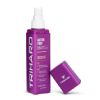



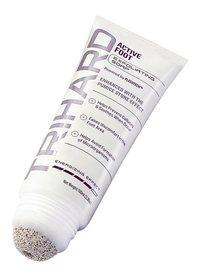










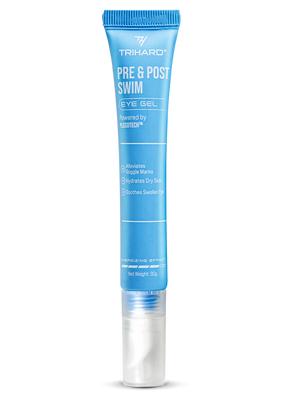












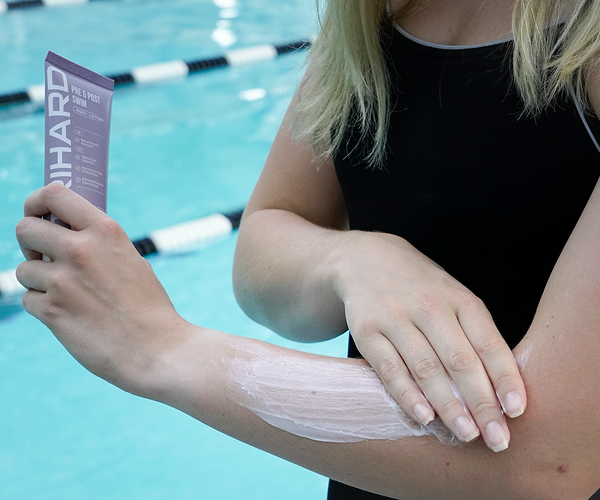

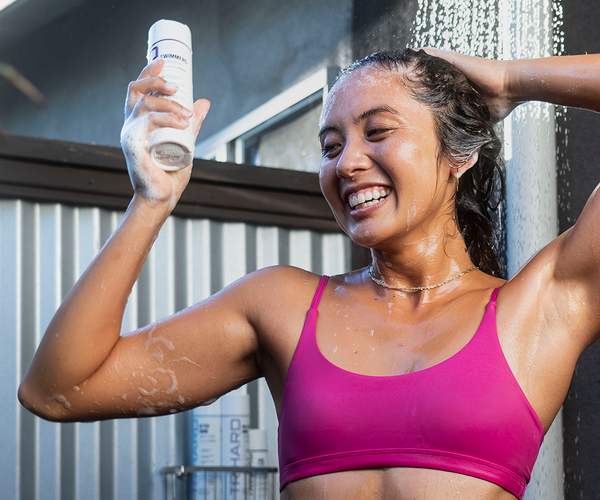
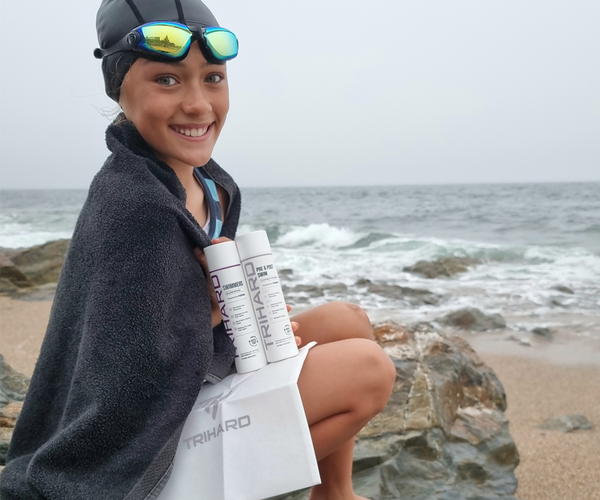
Dejar un comentario